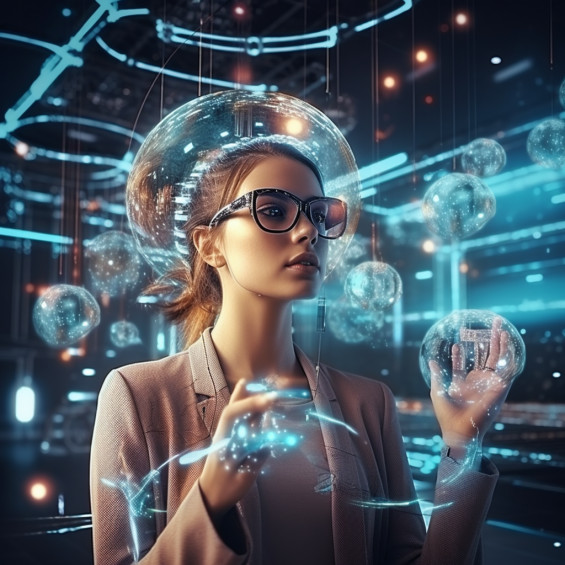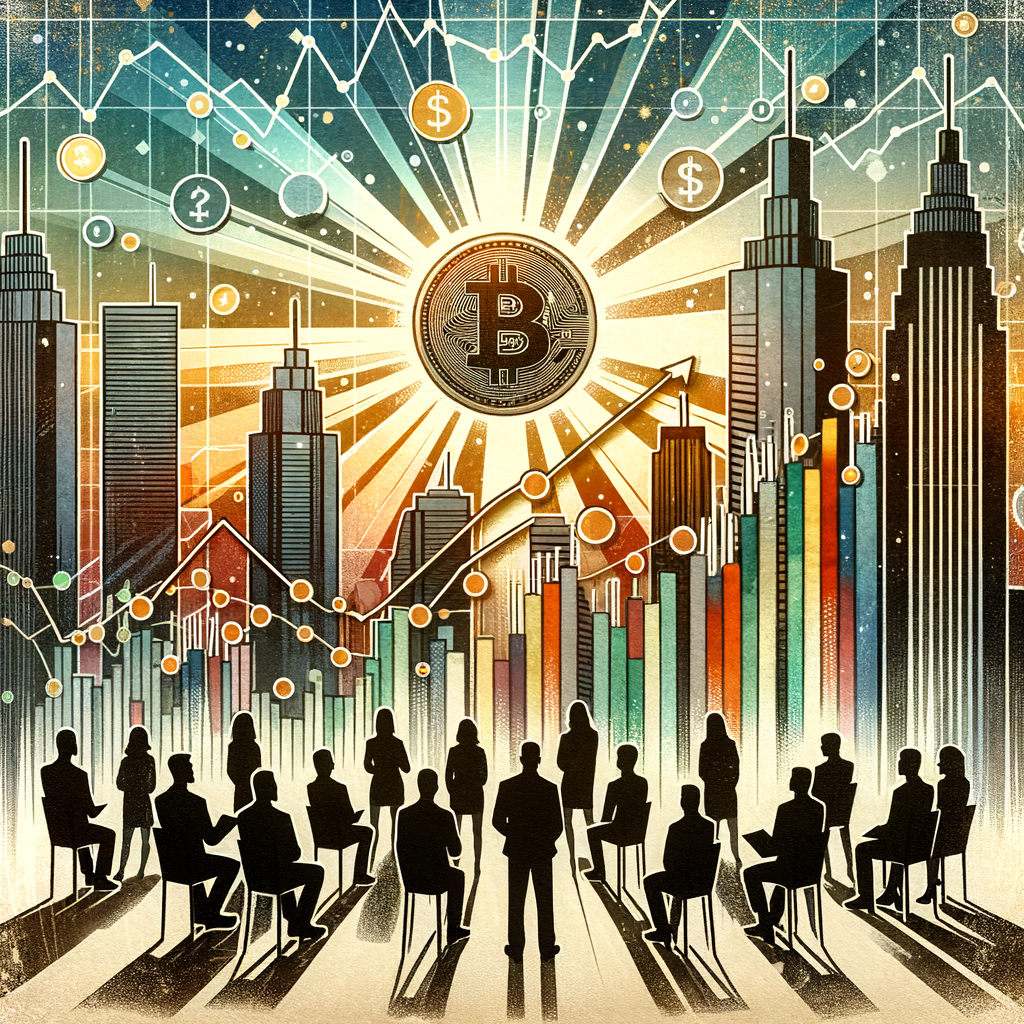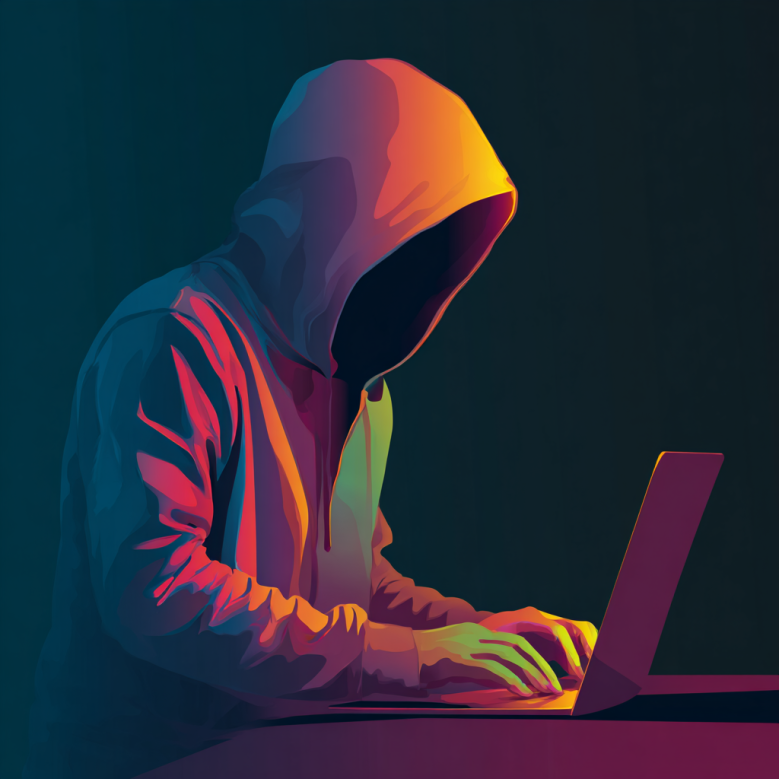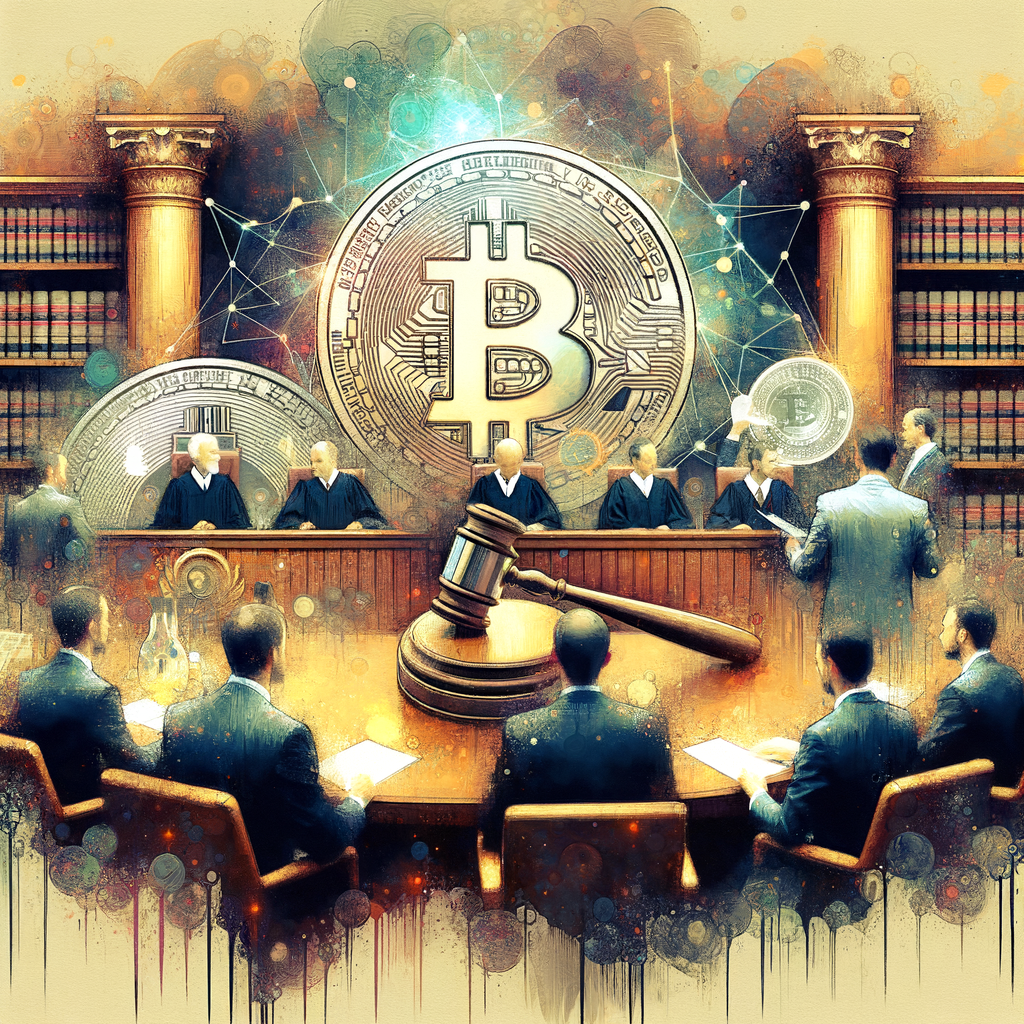Ever felt like you’re juggling invisible orbs of digital wizardry? Welcome to my world, where the shimmering spheres of NFTs and Intellectual Property Rights collide in a cosmic dance that would make even the stars do a double-take. Imagine each NFT as a unique planet in the vast blockchain galaxy, orbiting the bright sun of IP law. It’s an art, a science, and sometimes, a comedy of errors where one misstep can send you spiraling into the abyss. So, strap in, as we launch into this nebulous nexus, exploring the curious and ever-twinkling universe of digital ownership.
The Collision of Two Worlds: NFTs Meet IP Rights
Picture this: you’re sipping your morning coffee, scrolling through your feeds, and BAM! News hits about another mind-blowing NFT sale. But here’s the kicker – does buying an NFT grant you the full spectrum of intellectual property rights? Well, it’s complicated, and here’s why.
I recall a client, a leading figure in the blockchain space, who bought an NFT artwork. They assumed full ownership rights, only to realize they couldn’t reproduce it for commercial use. Talk about a wake-up call! This incident highlights the first point: owning an NFT doesn’t always mean owning the IP rights. It’s like buying a book – you own the physical copy, not the right to reprint and sell it.
The Fine Line of Copyrights in the NFT World
Copyrights in the NFT universe are a slippery slope. Remember the infamous incident where a renowned artist’s work was tokenized without consent? That’s where web3 and AI come into play, offering innovative solutions for verifying authenticity and ownership. But it’s a double-edged sword. While these technologies pave the way for transparency, they also open doors for unprecedented challenges in IP rights.
As crypto recruiters, we’ve seen companies grappling with these issues, seeking talent who can navigate these murky waters. It’s a fascinating yet complex battlefield, where understanding the nuances of IP law becomes as crucial as understanding blockchain technology itself.
NFTs and the Original Creator’s Rights
Here’s an interesting twist: what if the creator could continually earn from their work, even after selling it? That’s the beauty of NFTs in preserving creators’ rights. Through smart contracts, artists can receive royalties each time their work changes hands. It’s a game-changer, offering a sustainable revenue model for creators.
I witnessed this firsthand when a digital artist we recruited for a web3 project sold their artwork as an NFT. They’ve been receiving a steady stream of income from secondary sales, a concept previously unheard of in traditional art sales. It’s a revolutionary shift, thanks to blockchain technology, providing a lifeline to creators in the digital age.
The Future Landscape: Where Do We Go From Here?
So, what does the future hold for NFTs and IP rights? It’s an evolving landscape, with legal frameworks trying to catch up with the breakneck speed of technological advancements. The intersection of AI, blockchain, and NFTs presents a promising yet challenging future. As crypto recruiters, we’re on the frontline, scouting for individuals who not only grasp these concepts but can also pioneer innovative solutions.
In conclusion, the dance between NFTs and Intellectual Property Rights is a complex but thrilling one. It pushes the boundaries of traditional IP law, requiring a fresh perspective and innovative solutions. As we venture deeper into the realms of web3 and blockchain, it’s clear that this is just the beginning of a fascinating journey.




